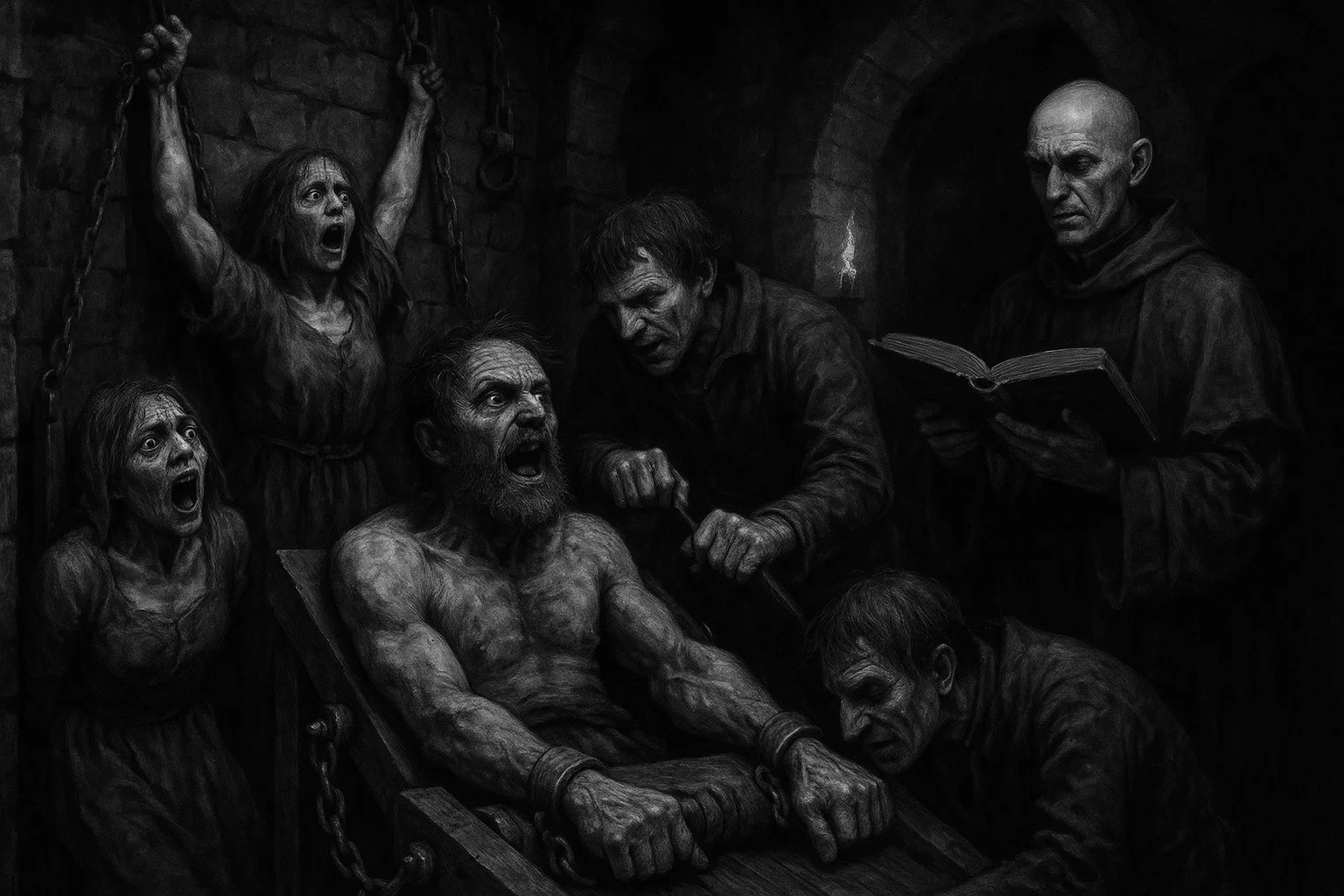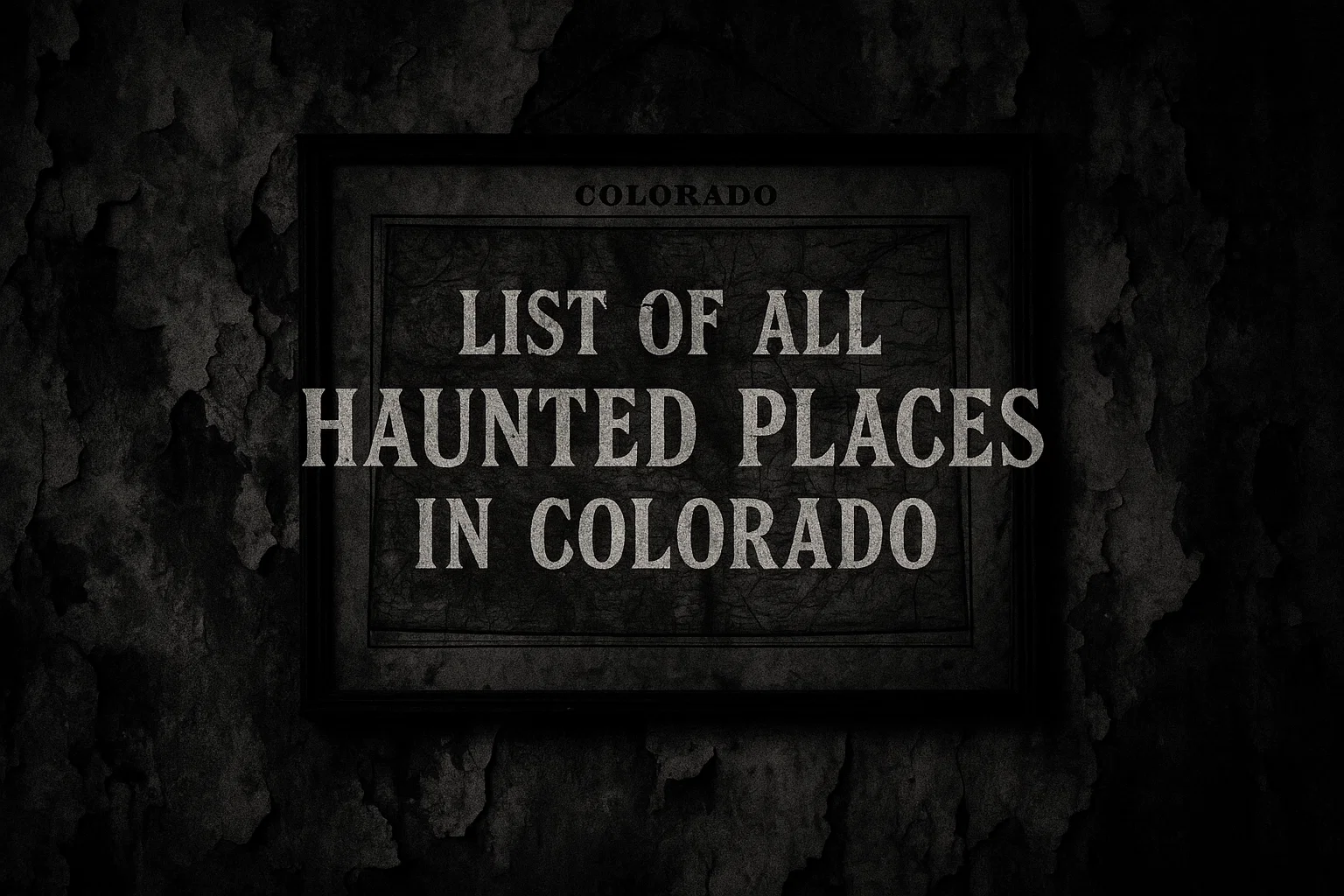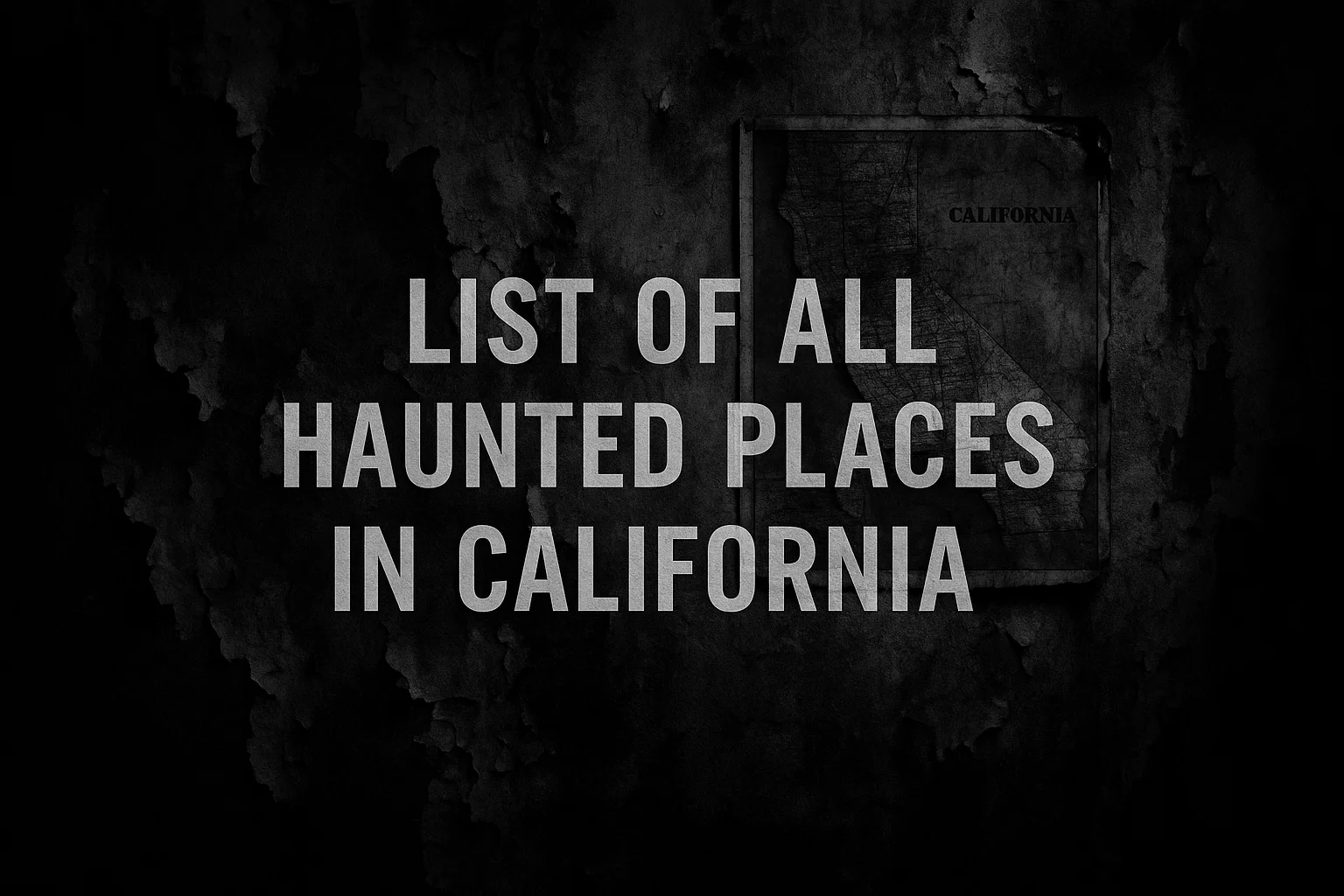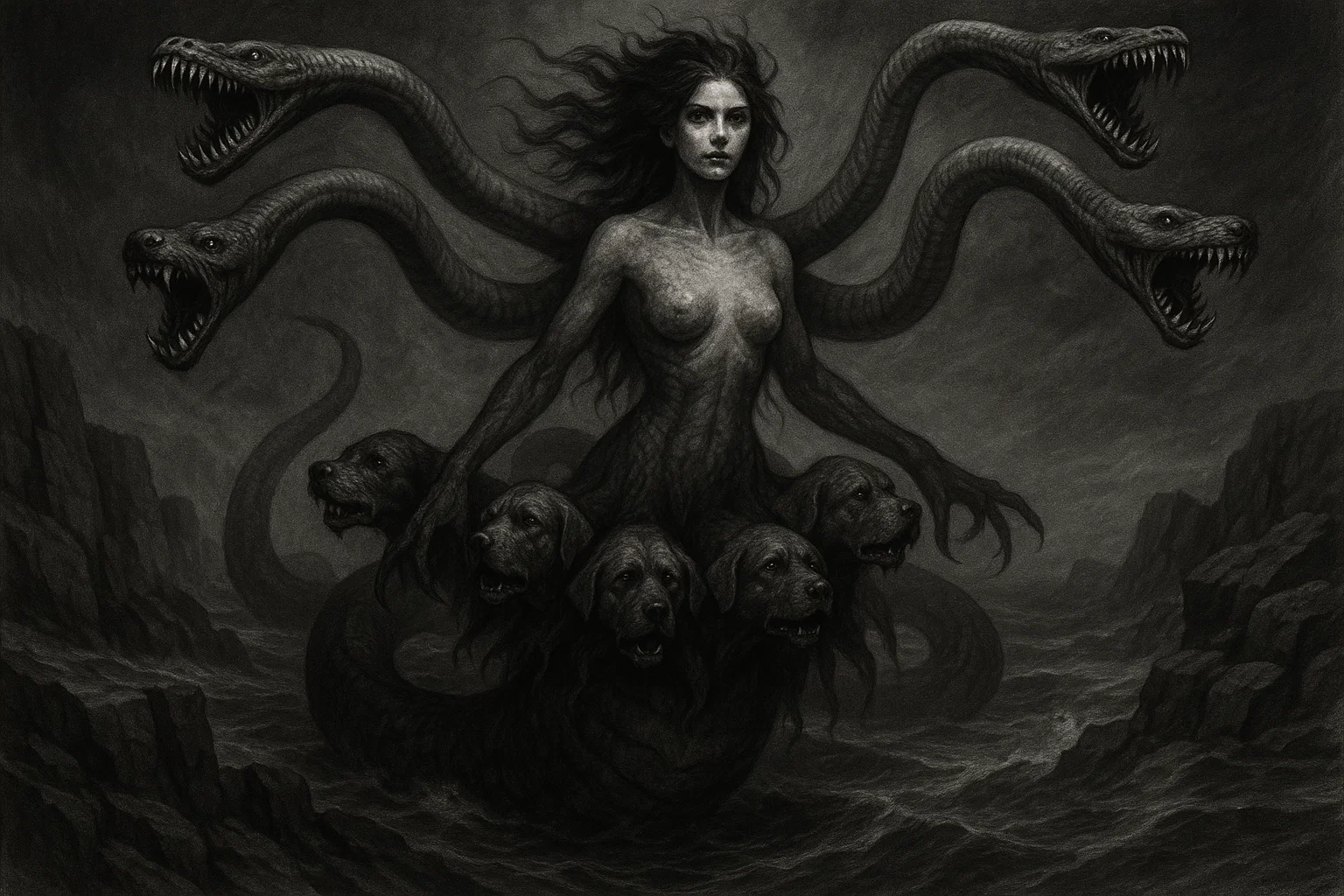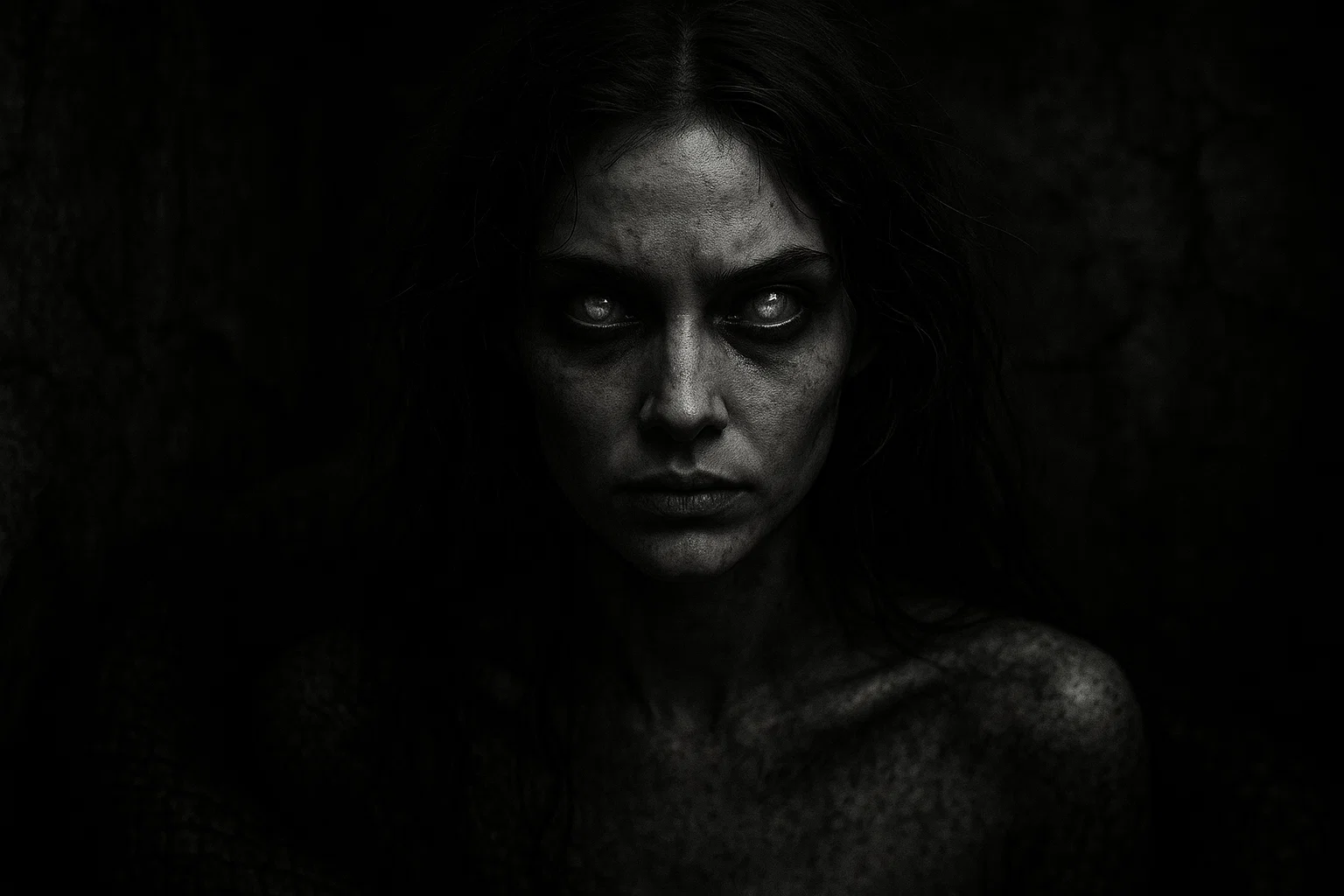In the spring of 1598, a horrific attack in the quiet village of St. Claude, nestled in France’s rugged Jura region, ignited a firestorm of fear and suspicion.
The Gandillon Family—Pernette, Pierre, Antoinette, and George—stood accused of transforming into wolves, murdering children, and consorting with the devil.
Their trial, steeped in tales of lycanthropy and witchcraft, ended in a blaze of pyres, leaving a chilling legacy.
Summary
Overview
| Aspect | Details |
|---|---|
| Family Members | Pernette Gandillon, Pierre Gandillon, Antoinette Gandillon, George Gandillon |
| Location | St. Claude, Jura, France |
| Year | 1598 |
| Accusations | Lycanthropy, witchcraft, murder, cannibalism, demonic pacts |
| Outcome | Pernette killed by mob; Pierre, Antoinette, George burned at the stake |
Who Was the Gandillon Family?
The Gandillon Family lived on the fringes of St. Claude, a remote village in the Jura mountains, where dense forests and harsh winters shaped a hardscrabble existence.
Pernette Gandillon, a young woman in her 20s, was known for her wild demeanor, often seen wandering alone and mimicking wolf-like movements.
Pierre Gandillon, likely in his 40s, was the family patriarch, a laborer who toiled in fields and forests to support his kin. His sister, Antoinette Gandillon, also in her 20s or 30s, was quieter but rumored to practice herbal remedies, fueling whispers of sorcery.
George Gandillon, Pierre’s teenage son, was a sullen youth, often trailing his father. The family’s ramshackle home, isolated from the village center, and their reclusive nature made them outsiders.
Villagers noted their gaunt features, tattered clothing, and strange habits—like Pernette’s howling under the moon—which marked them as peculiar long before the accusations began.
The Gandillon Family’s Story
The story of the Gandillon Family is a haunting chapter in the annals of lycanthropy, set against the backdrop of a superstitious era.
In 1598, the Jura region was gripped by fear as tales of wolf attacks and demonic forces spread. The Gandillons, already shunned, became the focal point of a tragedy that would seal their fate as France’s infamous werewolf clan.
You May Also Like: Is the Black Prince’s Ruby Really Cursed?
Early Life and Background
The Gandillons likely descended from generations of peasants in the Jura, a region known for its rugged terrain and insular communities. Their home, a crude wooden shack near St. Claude’s forested outskirts, offered little comfort.
Pierre, the family’s breadwinner, worked as a day laborer, cutting wood or tending fields for local farmers like Jean Morel. His gruff demeanor and frequent absences left his family vulnerable to gossip.
Antoinette, skilled in foraging herbs, was suspected of brewing potions, a practice that blurred the line between healing and witchcraft.
Pernette, the most erratic, was described as “wild as a beast,” often seen running barefoot through the woods, her hair matted and eyes feverish.
George, a lanky teen, was inseparable from his father, learning his trade but sharing the family’s isolation.
The Gandillons’ poverty and odd behaviors—such as nocturnal wanderings and chanting strange songs—set them apart. Villagers, steeped in loup-garou folklore, whispered of their dealings with dark forces.
By 1597, rumors of their involvement in pagan rituals had grown, with some claiming they worshipped old gods in the forest. These suspicions, though unproven, primed the community for the events of 1598.
The Crimes and Accusations
The spark that ignited the Gandillon case was a horrific incident in April 1598. Two siblings, Marie Morel (aged 6) and her brother Antoine Morel (aged 4), were gathering strawberries in a meadow near St. Claude.
A creature, described as a tail-less wolf with human-like hands covered in coarse hair, attacked Marie. Antoine, clutching a small knife, stabbed the beast, which then turned on him, slashing his throat with a fatal blow.
Marie, bloodied but alive, fled to the village, her screams alerting farmers like Claude Dupont and Guillaume Bisset. They found Antoine’s body, his neck torn open, and Marie trembling, describing a wolf with a “man’s face.”
Suspicion fell on Pernette Gandillon. Found near the scene with blood on her dress and a fresh wound on her arm—matching one Marie claimed to have inflicted—the villagers accused her of being the loup-garou. Led by Henri Boguet, a zealous witch-hunter, an enraged mob seized Pernette.
Some accounts say she confessed to transforming into a wolf, while others claim she was incoherent, babbling about spirits. The crowd, fueled by grief and fear, tore her apart, her body left mangled in the village square.
This brutal act set the stage for a wider investigation.
The accusations expanded to Pierre, Antoinette, and George. They were charged with:
- Lycanthropy: Using a magical salve to become wolves, granted by a demonic pact.
- Witchcraft: Attending sabbaths, summoning hailstorms, and worshipping the devil.
- Murder and Cannibalism: Killing Antoine Morel and possibly others, consuming their flesh.
- Demonic Pacts: Antoinette admitted to consorting with a demon in the form of a goat, a common witchcraft trope.
Under torture, the family confessed to gruesome acts. Pierre claimed he received a salve from a “black man” in the forest, enabling him to hunt as a wolf.
He described attacking goats and sheep, drinking their blood, and joining sabbaths where he danced with demons. George echoed his father, admitting to livestock killings and nocturnal hunts.
Antoinette confessed to witchcraft, claiming she caused storms that ruined crops in 1597. While Antoine’s death was the only confirmed human killing, farmers reported dozens of mutilated animals, attributing them to the Gandillons.
Specific incidents included:
- March 1597, Oyonnax: Jean Fournier found three goats with their throats torn, blaming a wolf-like figure seen nearby.
- October 1597, St. Claude: Marguerite Laurent reported a sheep attack, spotting a figure resembling Pierre fleeing the scene.
- February 1598, Lons-le-Saunier: A child, Lucie Garnier, vanished near a forest; her remains were later found, though not definitively linked to the Gandillons.
The exact number of victims is unclear, with Antoine’s death the only confirmed case. Livestock losses, however, were widespread, with up to 20 animals reported dead in 1597–1598, fueling the werewolf narrative.
You May Also Like: Japanese Horror: The Terrifying Ghost of Aka Manto
Discovery and Investigation
The investigation began with Pernette’s lynching. Henri Boguet, a judge known for his witch-hunting fervor, took charge, ordering the arrest of Pierre, Antoinette, and George on May 2, 1598.
The discovery of Pernette’s wound, matching Marie’s description, was pivotal, though its authenticity is debated. Witnesses included Marie Morel, who identified Pernette, and farmers like Claude Dupont, who linked the family to livestock attacks. Guillaume Bisset testified about seeing a wolf-like figure near his fields, resembling Pierre’s gaunt frame.
The community was paralyzed by fear. Parents barred children from fields, and Father Jacques V viret delivered sermons warning of demonic infestation.
Armed patrols, led by Captain Philippe Renaud, scoured the Jura forests, finding tracks and blood but no wolves. The Gandillons’ reputation as outcasts made them easy targets, with villagers like Jeanne Collet claiming they cursed crops.
Boguet’s investigation, driven by religious zeal, framed the family as a satanic coven, amplifying the charges.
The Gandillon Family’s Werewolf Trial
The trial of Pierre, Antoinette, and George Gandillon was a harrowing spectacle, reflecting the era’s brutal blend of justice and superstition.
Held in July 1598 in St. Claude’s courthouse, it was overseen by Henri Boguet, whose detailed account in Discours des Sorciers (1602) remains the primary source. The proceedings were swift, marked by tortured confessions and a community desperate for closure.
Capture
On May 2, 1598, after Pernette’s death, a militia led by Captain Philippe Renaud stormed the Gandillon home. Pierre resisted, lunging at the men with a snarl, while Antoinette and George surrendered quietly.
The family was chained and taken to a stone cell in St. Claude’s jail, where their behavior alarmed guards. Pierre and George crawled on all fours, their faces contorted into “hideous” expressions, with Pierre’s teeth appearing sharper and his eyes sunken.
Antoinette, though less feral, muttered incessantly, her words interpreted as incantations. The guards, fearing demonic influence, kept their distance, reporting the family’s howls echoing through the night.
Interrogation
Interrogations began on May 3, 1598, under Boguet’s supervision. Torture was immediate and severe, employing the rack, thumbscrews, and hot irons.
Pierre, stretched on the rack, confessed to receiving a salve from a “black man” near the Doubs River, which transformed him into a wolf. He described hunting livestock, tearing their flesh, and attending sabbaths where he worshipped a horned figure.
George, subjected to thumbscrews, admitted to joining his father in wolf form, attacking goats and dancing at demonic gatherings.
Antoinette, burned with irons, confessed to witchcraft, claiming she summoned hailstorms in 1597 that ruined crops in Oyonnax. She also admitted to sexual relations with a demonic goat, a detail Boguet emphasized as proof of her depravity.
The confessions were vivid but questionable, as torture often produced fantastical narratives to satisfy interrogators.
Pierre’s physical changes—described as a “wolfish visage” with elongated nails and protruding teeth—were seen as evidence, though likely caused by malnutrition or stress. The family’s isolation and prior rumors likely shaped their admissions, aligning with loup-garou folklore.
You May Also Like: What Is a Vourdalak? The Horrifying Vampire That Hunts Its Own Family
The Trial
The trial opened on July 10, 1598, drawing a packed courtroom. Boguet presented the family’s confessions, supported by testimonies from Marie Morel, who recounted her brother’s death, and farmers like Jean Fournier and Marguerite Laurent, who reported livestock losses.
Physical evidence was scarce, limited to Pernette’s wound and animal carcasses, but the era’s belief in supernatural crimes made this sufficient. Boguet argued the Gandillons were a coven of werewolves, their crimes orchestrated by Satan.
The defense was negligible. The accused, weakened by torture, could barely speak. Pierre muttered about his wolf form, while Antoinette prayed silently.
George, the youngest, appeared dazed, his confessions read aloud by Boguet. The judges, swayed by the community’s fear and Boguet’s authority, deliberated for a day, pronouncing guilt on July 12, 1598. The sentence was death by burning, a standard punishment for witchcraft and lycanthropy.
Execution
On August 1, 1598, Pierre, Antoinette, and George were led to a public square in St. Claude. Three pyres, stacked with dry wood and straw, stood ready.
The executioner, Henri Dubois, bound each to a stake, applying pitch to ensure a fierce blaze. As the flames were lit, Pierre howled, his cries described as “beast-like” by onlookers.
Antoinette whispered prayers, her face calm, while George wept, his youth eliciting pity from some in the crowd. The fires roared, consuming the family within minutes, their ashes scattered in the Doubs River to prevent demonic resurrection.
The execution, witnessed by hundreds, was both a punishment and a communal ritual to purge the town’s fear.
The Gandillon Family vs Other Werewolves
The Gandillon Family case is unique for its familial scope and brutal outcome. Below is a comparison with other historical werewolf cases:
| Case | Year | Location | Details | Outcome |
|---|---|---|---|---|
| Peter Stumpp | 1589 | Bedburg, Germany | Confessed to 16 murders; used a magical belt; tortured with pincers. | Beheaded, burned |
| Gilles Garnier | 1573 | Dole, France | Hermit killed four children; used salve; burned alive. | Executed |
| Jacques Roulet | 1598 | Angers, France | Caught near a mutilated body; confessed; deemed insane. | Asylum |
| Werewolf of Châlons | 1598 | Châlons, France | Tailor killed dozens; claimed lycanthropy; records erased. | Burned |
| Thiess of Kaltenbrun | 1692 | Livonia, Latvia | Claimed benevolent lycanthropy; flogged, banished. | Banished |
| Hans the Werewolf | 1651 | Estonia | Involuntary lycanthropy; executed despite no murders. | Executed |
| Claudia Gaillard | 1598–1600 | Burgundy, France | Female accused of lycanthropy; confessed; burned. | Executed |
| Manuel Blanco Romasanta | 1852 | Galicia, Spain | Confessed to 13 murders; claimed lycanthropy; imprisoned. | Imprisoned |
| Swiatek | 1849 | Połomia, Poland | Beggar confessed to cannibalism; suicided. | Suicide |
| Werewolf of Pavia | 1541 | Pavia, Italy | Farmer confessed to murders; died from mutilation. | Died |
| Henry Gardinn | 1605 | Spanish Netherlands | Lycanthropy and witchcraft; executed. | Executed |
| Beast of Gévaudan | 1764–1767 | Gévaudan, France | Wolf-like creature killed over 100; no human accused. | Wolf killed |
The Gandillon Family shares themes with Peter Stumpp and Gilles Garnier, including confessions of transformation via salve and violent acts.
The familial accusation mirrors the Werewolves of Poligny, but the mob killing of Pernette is unique, reflecting communal rage absent in most cases. Unlike Jacques Roulet or Jean Grenier, who received leniency, the Gandillons’ adult status and witchcraft charges ensured execution.
The lycanthropy narrative, driven by torture, aligns with Claudia Gaillard and Henry Gardinn, while the rural setting and livestock attacks echo Hans the Werewolf and Beast of Gévaudan. The case’s intensity, fueled by Boguet’s zeal, sets it apart as a pinnacle of werewolf hysteria.
Was the Gandillon Family Real Werewolves?
The Gandillon Family case is primarily known through Henri Boguet’s Discours des Sorciers (1602), a detailed account by a contemporary judge. Secondary sources, such as Sabine Baring-Gould’s The Book of Were-Wolves (1865) and Montague Summers’ The Werewolf (1933), rely on Boguet, adding some embellishments.
The case’s authenticity is debated, with questions about the balance of fact and folklore.
Historical Sources
Boguet’s Discours des Sorciers is the cornerstone, documenting Pernette’s attack, the family’s confessions, and their wolf-like behavior.
He describes Pierre’s “monstrous visage,” George’s howls, and Antoinette’s storm-summoning claims, framing them as satanic. Parish records from St. Claude, cited in later histories, confirm a child’s death in 1598 and livestock losses, supporting some accusations.
Jean Bodin’s De la Démonomanie des Sorciers (1580), while predating the case, mentions similar Jura werewolf incidents, providing context. Montague Summers adds dramatic details, like Pierre’s “feral eyes,” but lacks primary evidence.
Trial transcripts, likely destroyed during the French Revolution, leave Boguet’s account as the main source.
You May Also Like: Slavic Vampires: The Terrifying Truth About the Upyr
Accuracy and Debate
The case’s core—a child’s death, Pernette’s lynching, and the family’s execution—is plausible.
Antoine Morel’s killing and Marie’s testimony align with documented violence, and livestock losses were real, as farmers like Jean Fournier reported. Pernette’s wound, a key piece of evidence, mirrors other trials (Gilles Garnier), but could be coincidental or fabricated by a vengeful mob.
The lycanthropy claims, extracted under torture, are dubious, as pain often produced confessions tailored to interrogators’ expectations, as seen in Peter Stumpp.
The family’s wolf-like behavior, described by Boguet, suggests clinical lycanthropy, a psychological disorder where individuals believe they transform into animals.
Pierre’s disfigurement could stem from malnutrition, disease (e.g., porphyria), or stress, exaggerated by superstition. Antoinette’s witchcraft confessions, including demonic relations, fit standard witch-hunt tropes, casting doubt on their truth.
The lack of multiple confirmed human victims weakens the cannibalism charge, though animal attacks were verifiable.
Some scholars argue the Gandillons were scapegoats for broader fears, their isolation making them targets.
The Jura’s loup-garou folklore, rife with tales of devil-pacts, likely shaped their confessions. Boguet’s bias, as a witch-hunter, may have inflated the case’s supernatural elements, similar to the Werewolf of Châlons.
Modern Interpretations
Modern analyses favor psychological and social explanations. The Gandillons may have suffered from mental illnesses like schizophrenia or delusional disorders, exacerbated by poverty and ostracism.
Pernette’s erratic behavior suggests a severe condition, possibly influencing her family.
Alternatively, they could have internalized local folklore, believing their own transformations. The mob’s violence and Boguet’s harsh methods reflect a community desperate to explain tragedy, akin to Beast of Gévaudan.
Conclusion
The Gandillon Family saga is a stark reminder of how fear can twist justice and perception. From the tragic death of a child to the fiery end of Pierre, Antoinette, and George, their story captures the 16th-century struggle to make sense of evil.
Whether they were deranged, coerced, or simply victims of a superstitious age, the Gandillons remain a haunting symbol of humanity’s battle with the unknown.
Their tale, etched in the annals of lycanthropy, continues to captivate, urging us to question where truth ends and myth begins.

